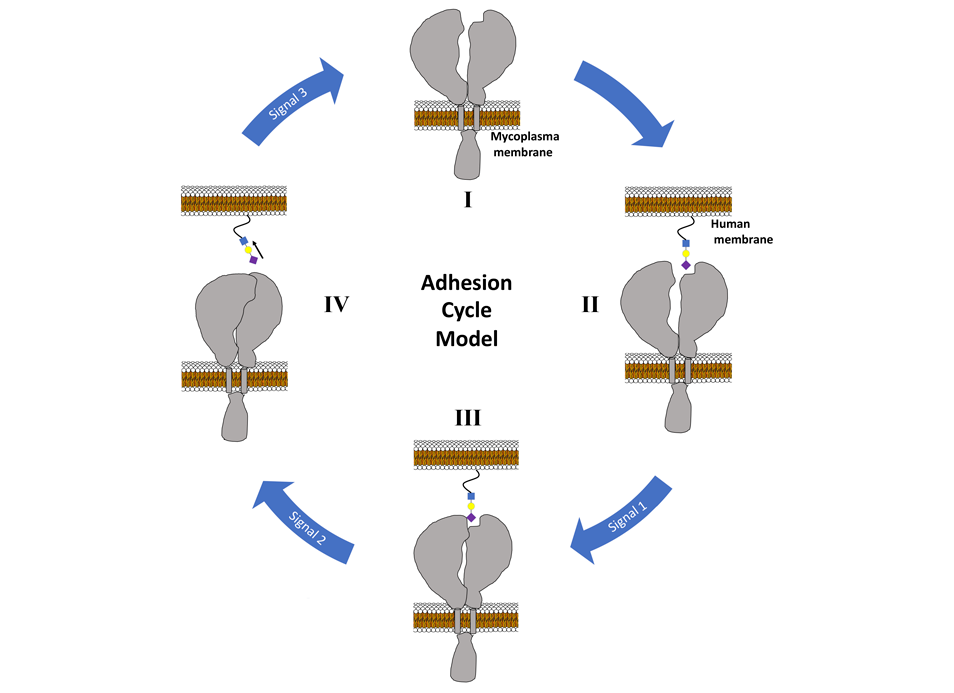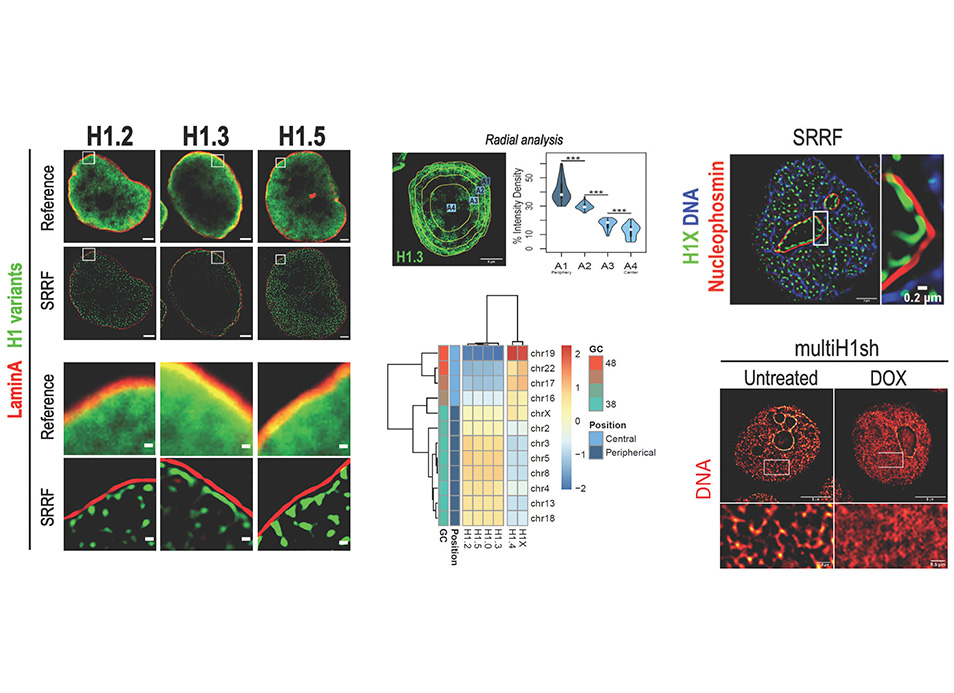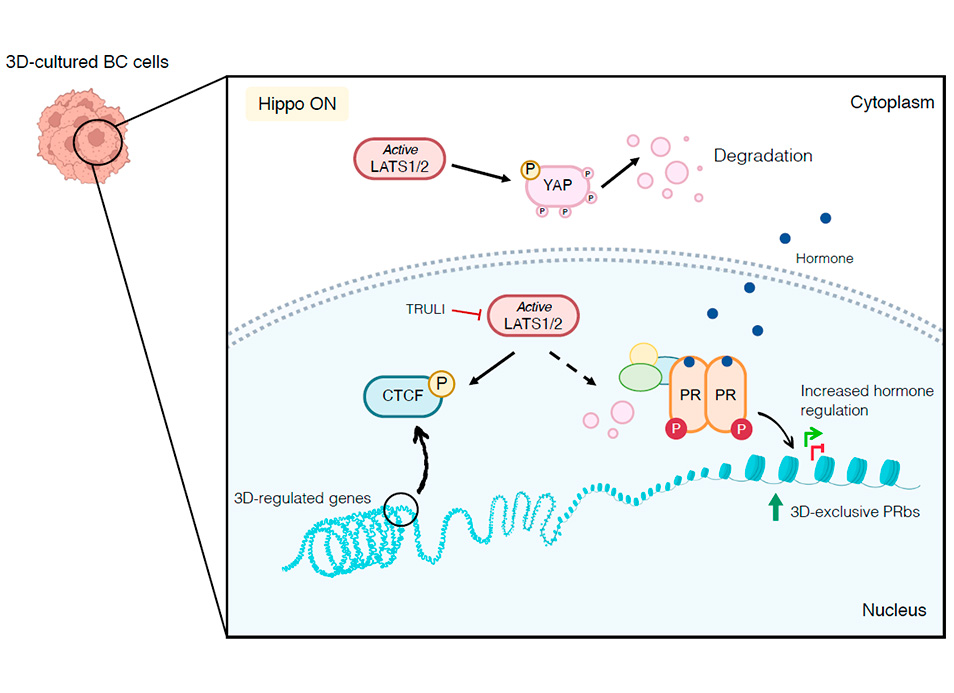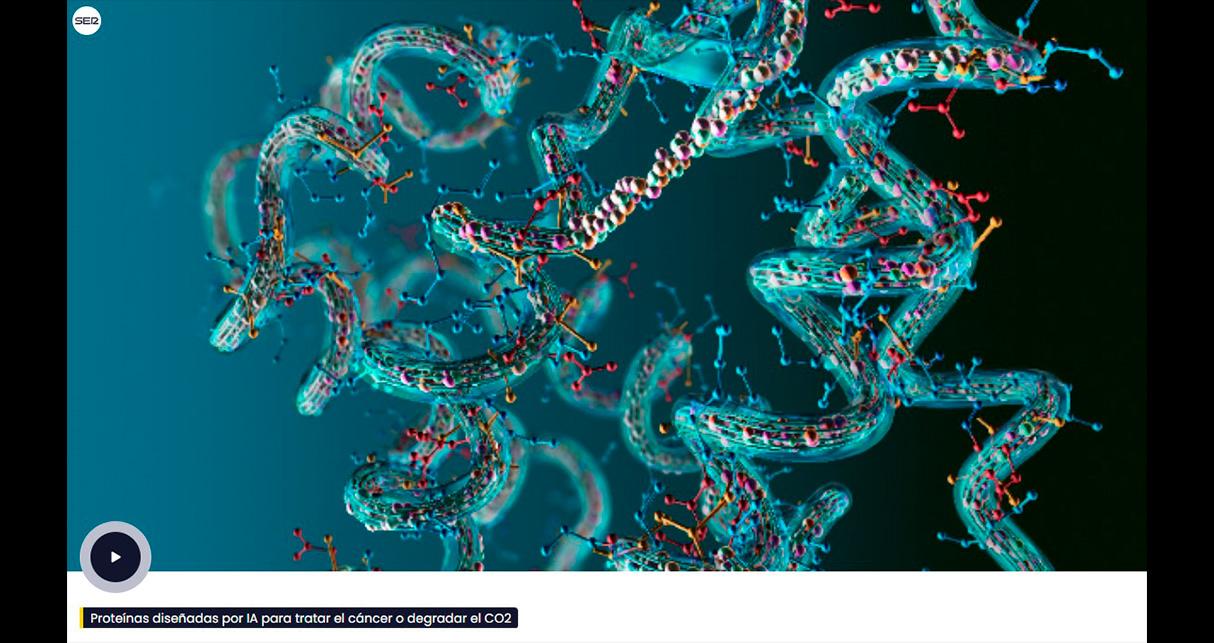New publication in eLife of the Jordan Lab in collaboration with the IBMB Imaging Platform showing that…
Cytoadhesins as target proteins to combat infections caused by resistant bacteria
– A review article in Trends in Microbiology points out this strategy as a strong alternative for developing new antibacterial therapies
– It could also help to fight viral infections, as the adhesion mechanism of some virus is similar to that of bacteria
Mycoplasma genitalium (Mge) and Mycoplasma pneumoniae (Mpn) are two human pathogens associated with urogenital and respiratory tract infections, respectively. The recent elucidation of the tridimensional structure of their major cytoadhesins by X-ray crystallography and cryo-electron microscopy/tomography, has provided important insights regarding the mechanics of infection and evasion of immune surveillance.
Reference:
The Sialoglycan Binding Adhesins of Mycoplasma genitalium and Mycoplasma pneumoniae
David Vizarraga, Sergi Torres-Puig, David Aparicio, Oscar Q.Pich*
Trends in Microbiology, 2021, ISSN 0966-842X,

Model depicting the Nap adhesion cycle to the receptor. It begins with the Nap in an open state (i) followed by the binding of sialylated sugars to P40/P90 or to P110 (ii). Receptor binding likely induces conformational changes (signal 1) (iii) that subsequently trigger post-translational modification (signal 2), which drives the Nap to its closed state, where the sugar is released (iv). Finally, an additional signal (either a post-translational modification or a conformational change) allows the Nap to revert to the open state (i) completing the cycle. Abbreviations: Mge, Mycoplasma genitalium; Mpn, Mycoplasma pneumoniae



